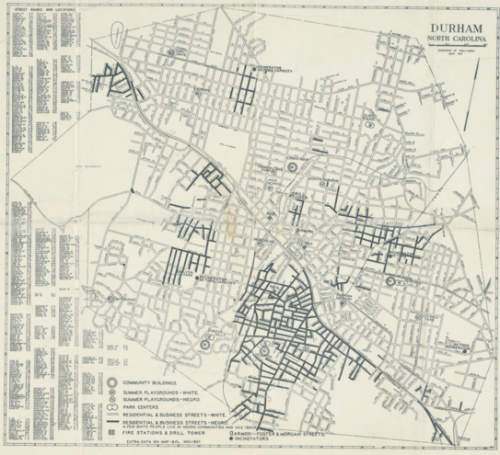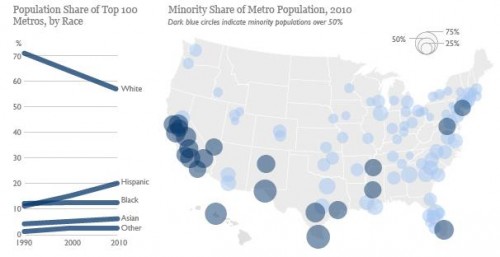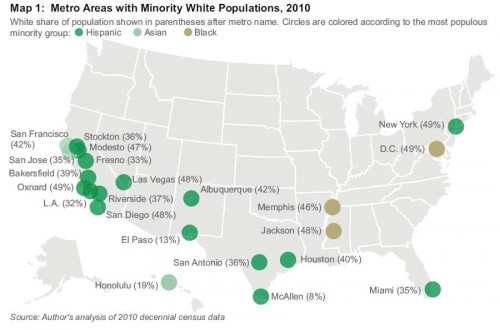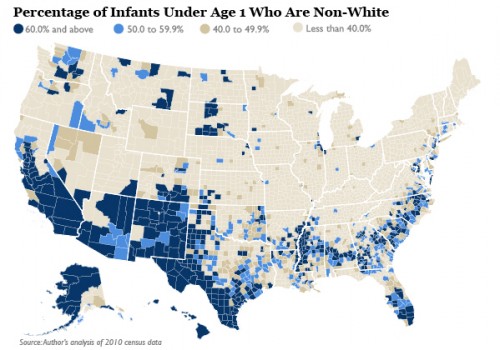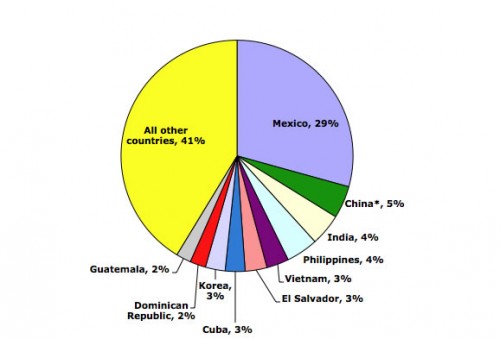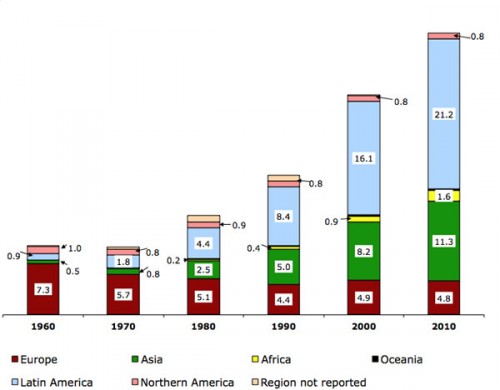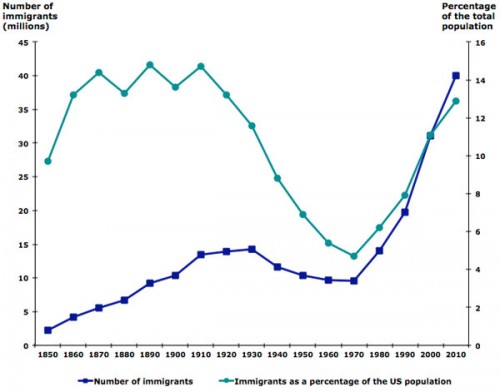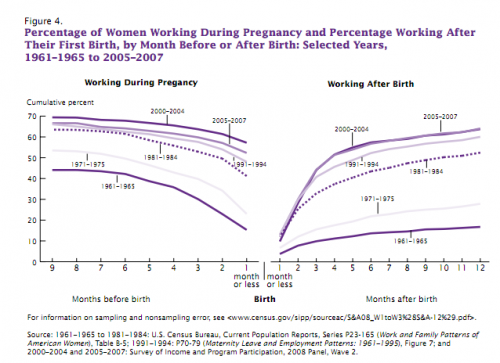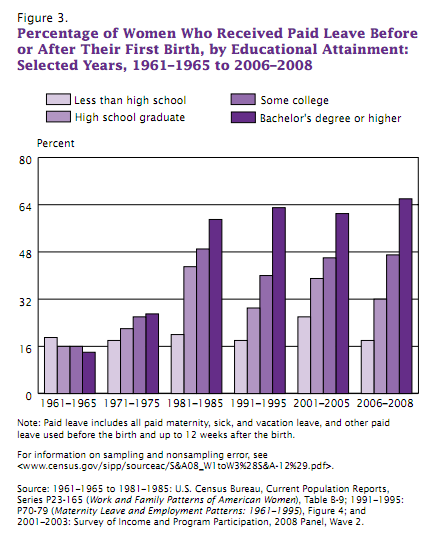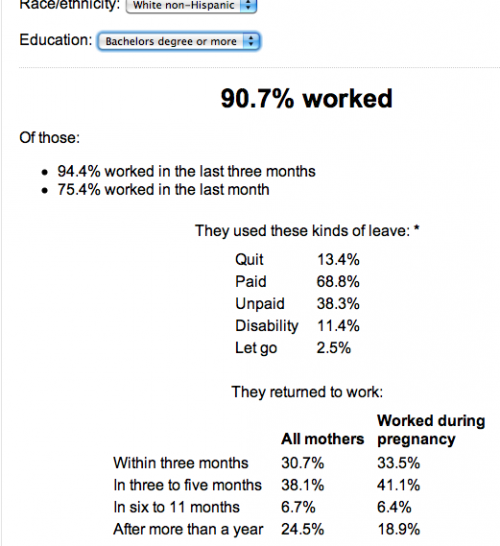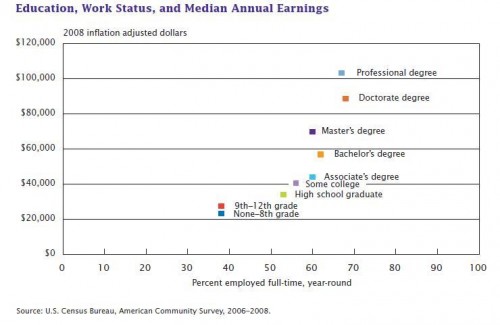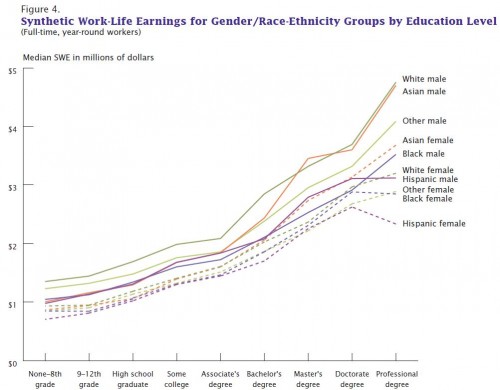This morning NPR had a segment on the history of the U.S. income tax. A federal income tax was first introduced during the Civil War to make up for lost tariffs due to blocked ports and sunk ships. However, in 1895 the Supreme Court declared the income tax unconstitutional. In 1913, the states ratified the Sixteenth Amendment to the Constitution:
The Congress shall have power to lay and collect taxes on incomes, from whatever source derived, without apportionment among the several States, and without regard to any census or enumeration.
For a couple of decades, only the wealthy paid income tax. However, war — in this case, World War II — once again increased the need for taxes. The government had to convince a larger portion of the population to pay income tax. The Treasuring Department and Disney produced “The New Spirit,” a short film featuring Donald Duck. The film presented paying taxes as patriotic and essential to the war effort, and helped normalize the income tax for all workers:
For another example of World War II-era Disney propaganda in support of particular government policies, see our earlier post on Victory through Air Power, which justified bombing civilian targets.
Gwen Sharp is an associate professor of sociology at Nevada State College. You can follow her on Twitter at @gwensharpnv.




